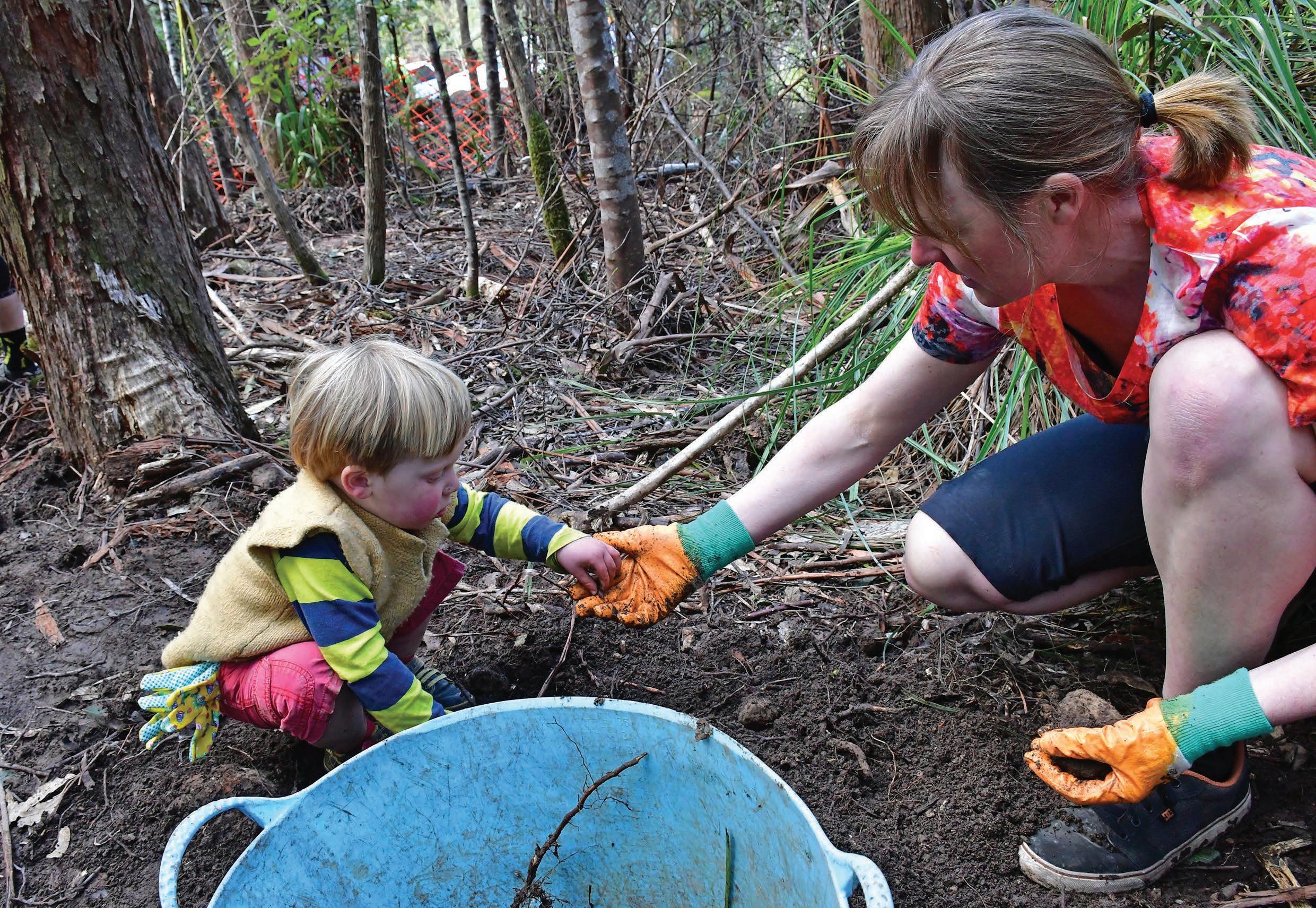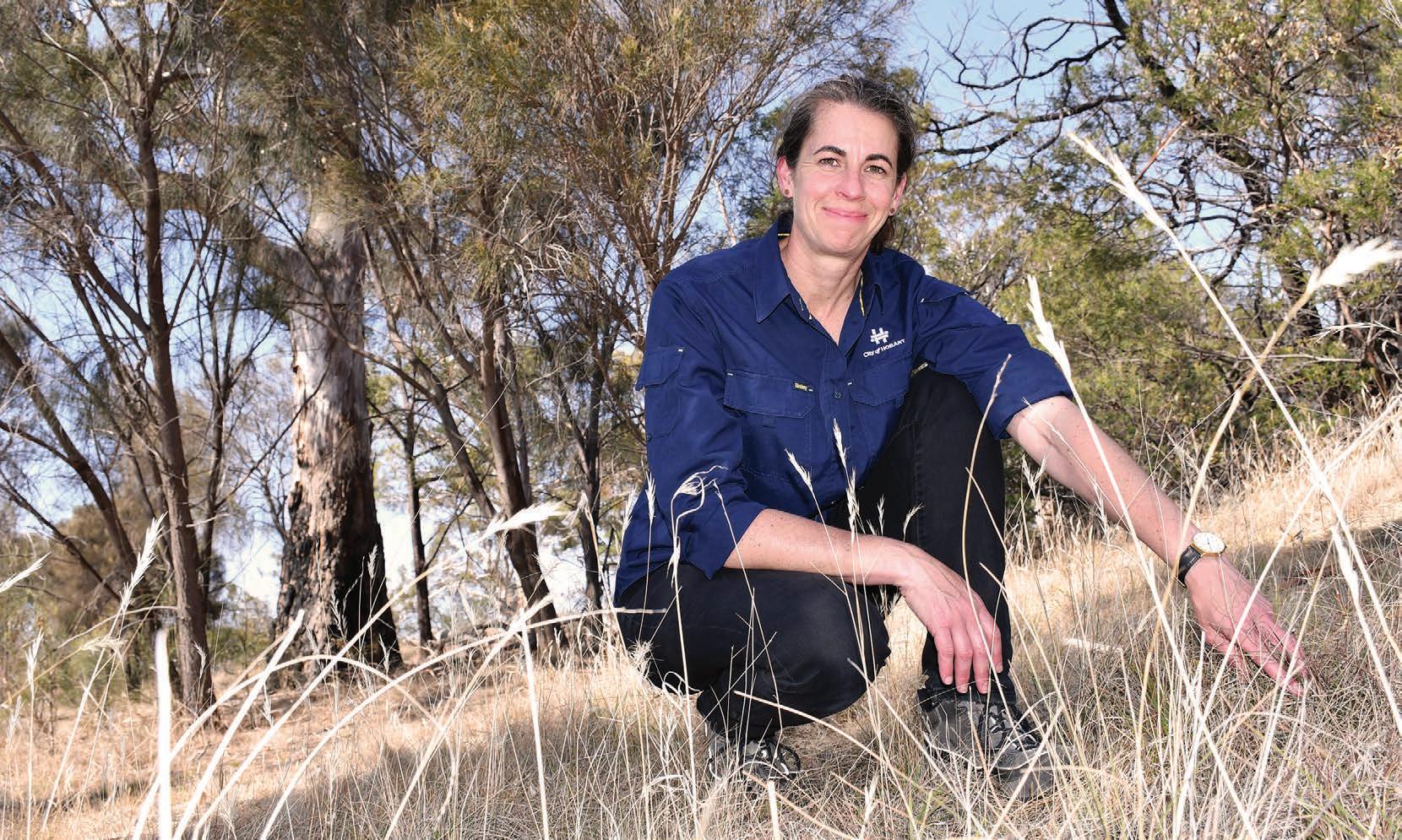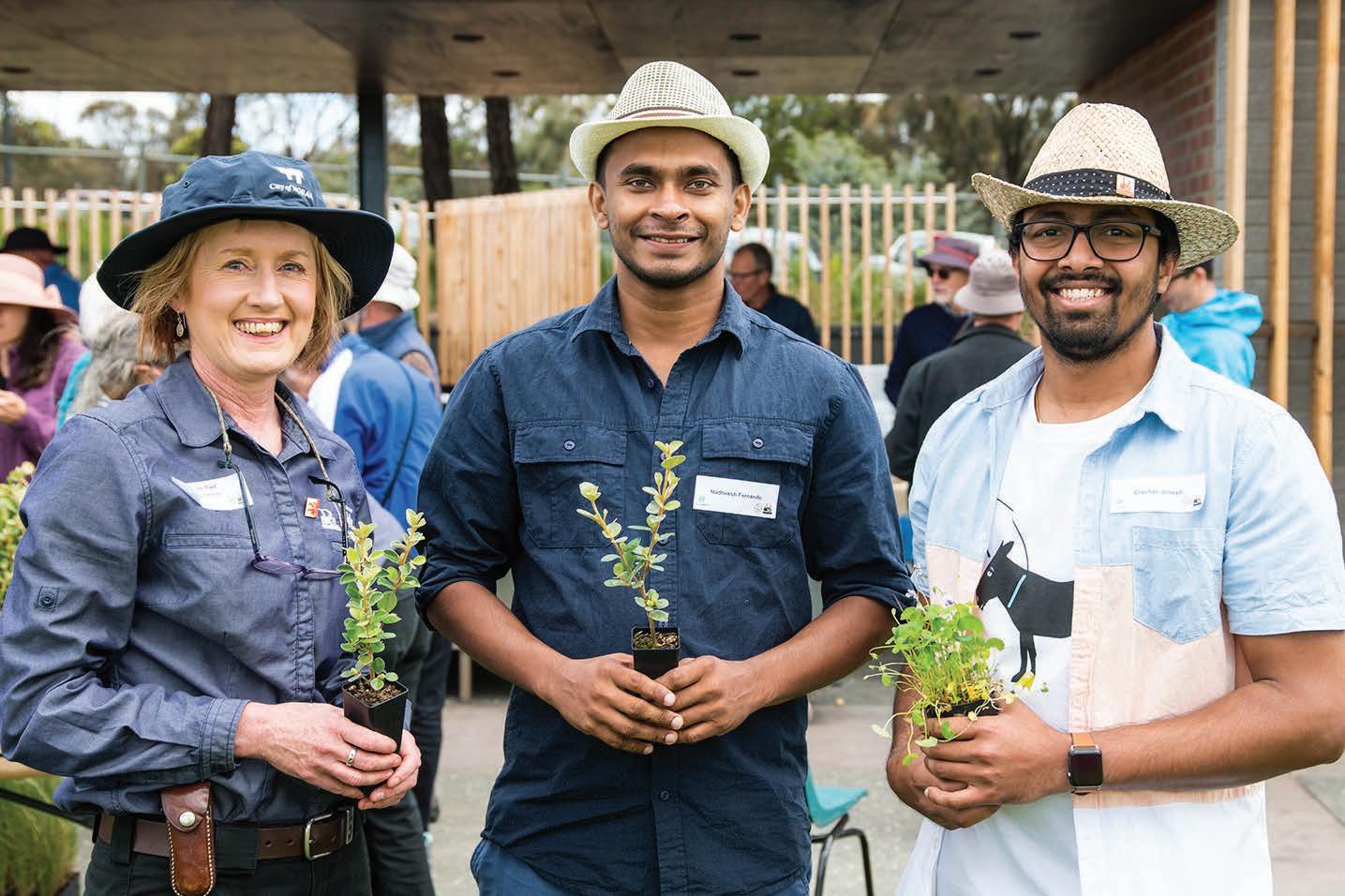Elise Jeffery inspects native grasslands for weed infestations at the Queens Domain.
Hawkweed search turns up another costly invader T
he City of Hobart’s search for the environmentally damaging orange hawkweed in Fern Tree has turned up an unexpected and potentially even more costly weed, serrated tussock. Large plants produce up to 100,000 seeds a year and the seeds can remain dormant in soil for up to 15 years. Once serrated tussock gets a foothold this hardy environmental and agricultural weed can be almost impossible to eradicate. City of Hobart fire and biodiversity program leader Elise Jeffery discovered the large patch of serrated tussock hiding in a Fern Tree garden. Immediate action was taken to clear out the infestation, but years of ongoing monitoring will now be Bandicoot Times
needed to ensure the weed does not return through dormant seed beds in the ground. “Serrated tussock was the last thing we expected to find in Fern Tree during our hunt for orange hawkweed,” Ms Jeffery said. “In NSW alone serrated tussock is estimated to cost $40 million a year in control and lost production. We can’t afford to let this weed get a foothold in Hobart.” It’s suspected serrated tussock seed was carried into the area on contaminated machinery during the building of a house. Serrated tussock is a declared weed in Tasmania, and its sale and distribution is prohibited. In Hobart the weed could pose a serious threat to our native 3
grasslands, especially at the Queens Domain, which is a sanctuary for critically endangered lowland temperate grasslands. Across Australia, less than 1 per cent of these grasslands remain. “This find carries a clear message for anyone building a new house or having major earthworks done on their property,” Ms Jeffery said. “Serrated tussock seeds can hitch a ride in soil or gravel stuck to cars, trucks or other machinery. “Make sure that any machinery coming on to your property is free of soil and organic matter that could be carrying harmful weed seeds. You’re not just protecting your own property from this harmful weed but our beautiful bushlands too.” Autumn 2020 | No 76




